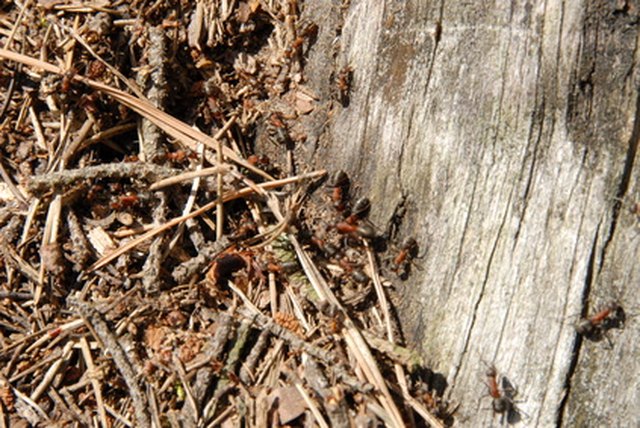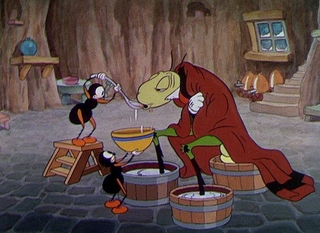

I have lost two of my mobile phones, keyboard, remote controls and many more. Here in India we usually burn a piece of paper and run over their trail to kill them all. Reading all these posts I was little surprised to see there are so many ant lovers here.

And of course this stuff only happens when my husband is away on business. The nightstand and bed are still pulled out about 2 feet from the wall. Ugh! I've been dealing with this since Wednesday night with Windex, Thursday with the Terro liquid bait, and it's only Saturday. I called a pest control company, but they cannot come out until Tuesday afternoon. Why are they not going to the bait traps? What are they not dead? Where could they be coming from? However I set down a second try out then I saw a few more, and then nothing but now I'm seeing random stragglers walking up the wall, or on my feeling, or now even in my master bathroom. I really didn't see any more ants after about 24 hours. 1.) my bedroom is upstairs in my house, I don't have a porch or anything like that below it where there would be a roof overhang or anything, if that makes sense, and The guy at Home Depot said it would take 2 to 3 days. However the next morning there were so many ants all over that trap, they were coming from underneath the baseboard where the two inside corners at the carpet and baseboard meet. I set one down in the corner where the baseboard meets the carpet in the corner, behind where the nightstand was, and in a few hours I saw nothing. They said it would attracted a lot more, but in two or three days, they would be gone. The next day, I went to Home Depot as I see more randomly on the wall and on the nightstand, they sold me Terro liquid ant bait traps. It seemed to be okay, but I slept in the guest room that night. I had pulled my bed away from my wall, stripped my bed down, and sprayed Windex on the floor behind the nightstand.

There were cough drops in the drawer that my husband had left in there. I pulled the drawer out and dumped it in my bathtub and sprayed anything I saw moving. Then I open the drawer and they were all over inside so I sprayed everything in it. I immediately grabbed the windex, because that's all I had, and sprayed them down. They live for only a few weeks and never help with the chores of the colony.Help! I found a bunch of little black ants all over my nightstand the other night. Males have wings and fly to mate with queens. Workers are wingless and typically survive for several months. They do not reproduce, but perform other jobs, such as taking care of the brood, building and cleaning the nest, and gathering food. Workers are females that were fed less as larvae. A queen can live for decades under the right conditions. They are larger than workers and lay all the eggs in a colony – up to millions in some species! Queens initially have wings and fly to find a mate(s), but they tear them off before starting a new colony. Queens are females that were fed more as larvae. Did you know that ants, like all insects, are full-grown when they become adults? Their exoskeletons prevent them from getting any larger.įurthermore, adult ants belong to one of three castes: queen, worker, or male. The process of development from egg to adult can take from several weeks to months, depending on the species and the environment. Young adults are often lighter in color, but darken as they age. The pupae of some species spin a cocoon for protection, while others remain uncovered, or naked.įinally, the pupa emerges as an adult. They start out whitish and gradually become darker. Pupae look more like adults, but their legs and antennae are folded against their bodies. This is a stage of rest and reorganization. When a larva is large enough, it metamorphoses into a pupa. As a result, they grow rapidly, molting between sizes. Larvae are eating machines that rely on adults to provide a constant supply of food. Not all eggs are destined to become adults – some are eaten by nestmates for extra nourishment.Īn egg hatches into a worm-shaped larva with no eyes or legs. Ant eggs are soft, oval, and tiny – about the size of a period at the end of a sentence.


 0 kommentar(er)
0 kommentar(er)
